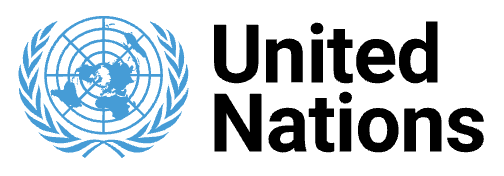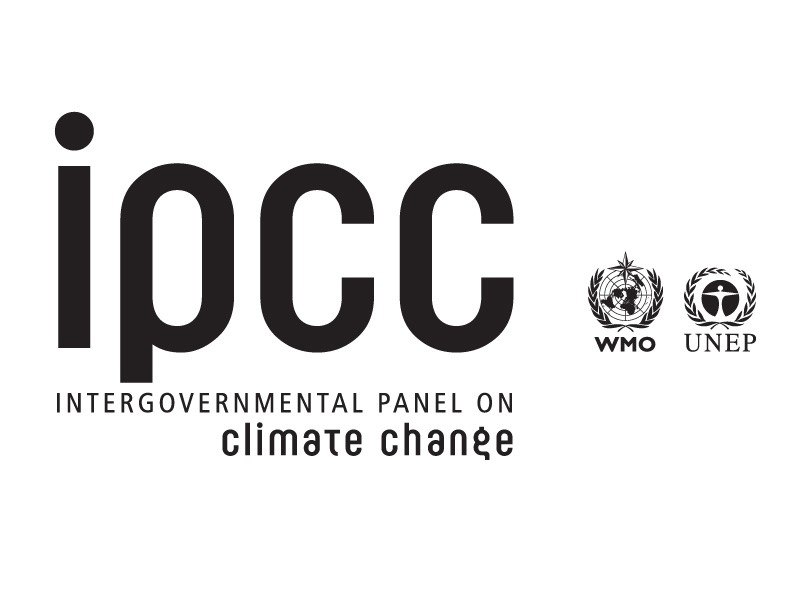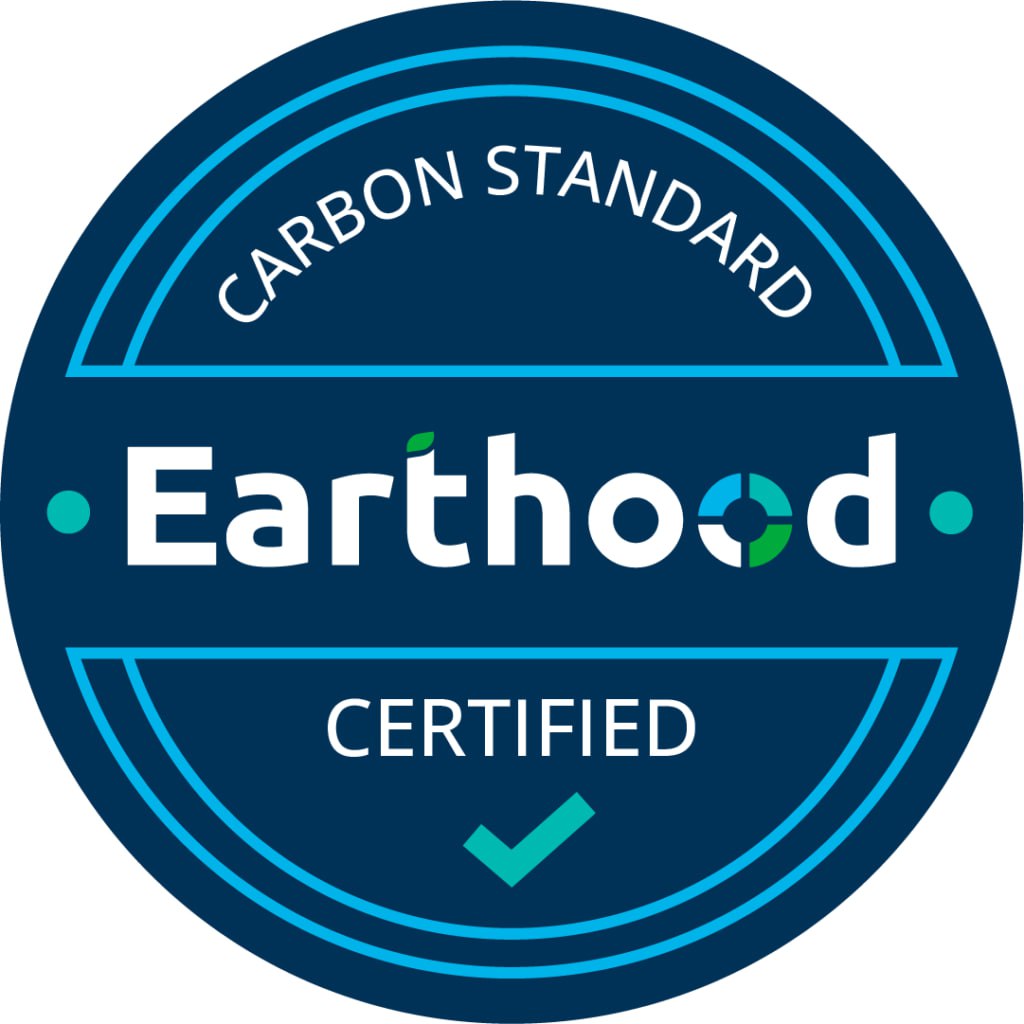Since the 1980s, global mangrove ecosystems have experienced significant declines, primarily driven by human activities such as deforestation, the expansion of aquaculture, and the extraction of soil for coastal development. These activities have resulted in substantial loss of mangrove areas, reducing their ability to serve as vital carbon sinks. Efforts to restore these coastal wetlands, including mangrove revegetation, offer a promising avenue to counteract these losses. The success of such restoration initiatives, however, depends on the re-establishment of the original environmental conditions necessary for mangrove growth.
This document details Carbontribe’s methodology for mangrove-based projects, presenting a systematic approach to quantifying and verifying CO₂ sequestration. These efforts focus on restoring and conserving mangroves to address degradation caused by human activity. Mangroves are among the most effective natural carbon sinks, storing substantial CO₂ in their above-ground biomass and, more importantly, within their sediment-rich soils. Given their unparalleled capacity for carbon storage, implementing precise methodologies is crucial to ensuring the accuracy and credibility of such projects in addressing climate change.






